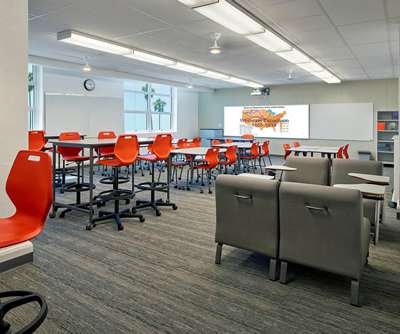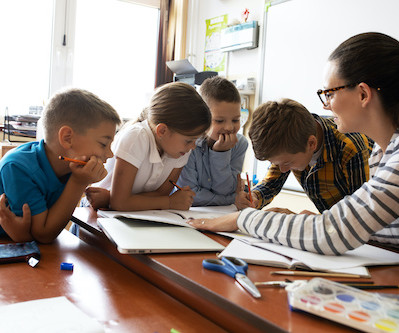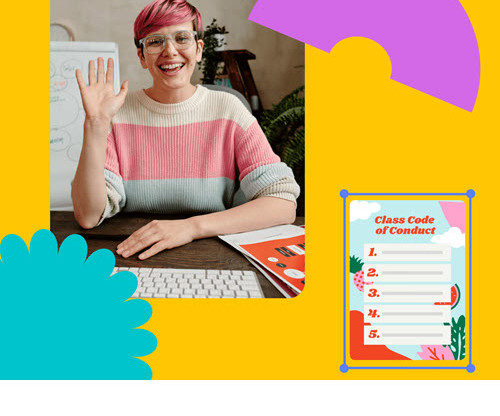MiEN Company Releases White Paper on How Flexible Furniture Creates Active Learning Environments
eSchool News
JANUARY 5, 2021
But one commonly overlooked factor in this transition is classroom design. However, research shows that the physical space that supports active learning is quite different from one designed for lecture-focused teaching. Unfortunately, most classrooms look the same as they did 20-30 years ago.
























Let's personalize your content